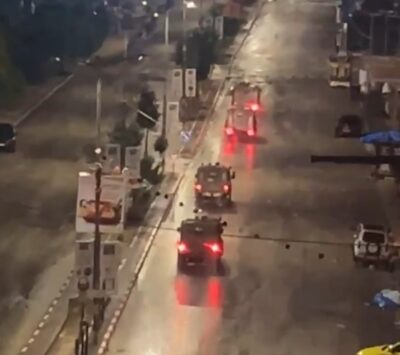 U.S. military intelligence assessing the threat of nearly 800 men held at Guantanamo in many cases used information from a small group of captives whose accounts now appear to be questionable, according to a McClatchy analysis of a trove of secret documents from the facility.
U.S. military intelligence assessing the threat of nearly 800 men held at Guantanamo in many cases used information from a small group of captives whose accounts now appear to be questionable, according to a McClatchy analysis of a trove of secret documents from the facility.
The allegations and observations of just eight detainees were used to help build cases against some 255 men at Guantanamo — roughly a third of all who passed through the prison. Yet the testimony of some of the eight was later questioned by Guantanamo analysts themselves, and the others were subjected to interrogation tactics that defense attorneys say amounted to torture and compromised the veracity of their information.
Concerns about the quality of the "facts" from the eight men goes to the heart of Guantanamo's "mosaic" approach of piecing together detainees' involvement with insurgent or terrorist groups that usually did not depend on one slam-dunk piece of evidence. Rather, intelligence analysts combined an array of details such as the items in detainees' pants pockets at capture and whether they had confessed to interrogators — American or otherwise.
More than two-thirds of the men and boys at Guantanamo were not captured by U.S. forces. So analysts were often left to weave together the stories told by detainees, the context of where and how they were initially scooped up, the information passed on by interrogators at other U.S. detention sites and, crucially, the testimony of fellow detainees at Guantanamo.





 At dawn on Tuesday, Israeli occupation forces escalated their invasions across multiple areas of the occupied...
At dawn on Tuesday, Israeli occupation forces escalated their invasions across multiple areas of the occupied... Over 100 members of the US Congress signed a letter addressed to Prime Minister Netanyahu, urging...
Over 100 members of the US Congress signed a letter addressed to Prime Minister Netanyahu, urging... Israel’s security cabinet has signed off on plans to formalise 19 illegal settlements across the occupied...
Israel’s security cabinet has signed off on plans to formalise 19 illegal settlements across the occupied...






























